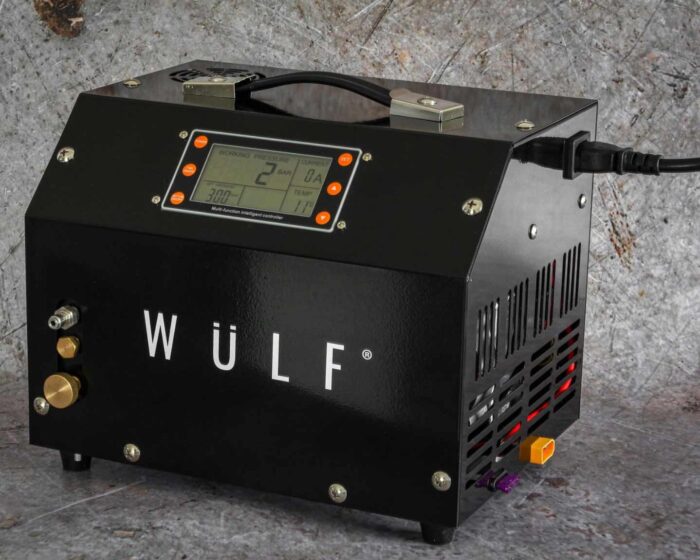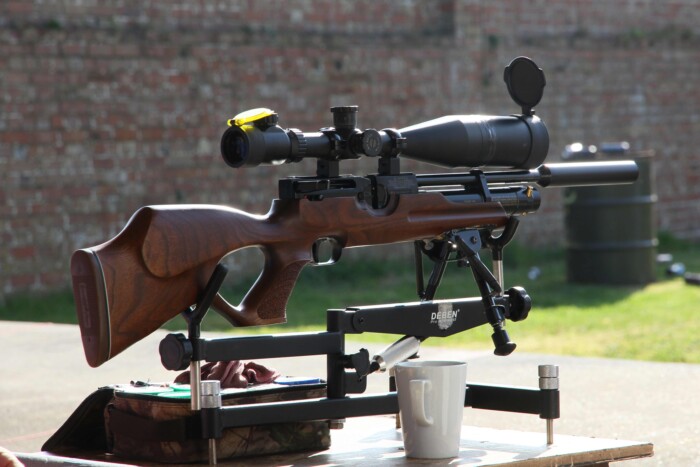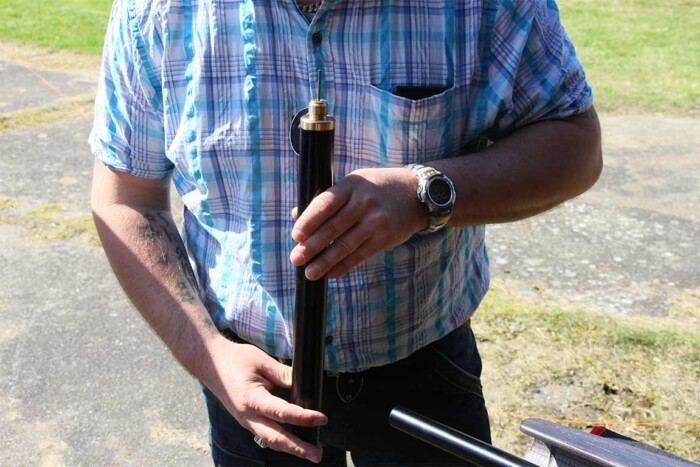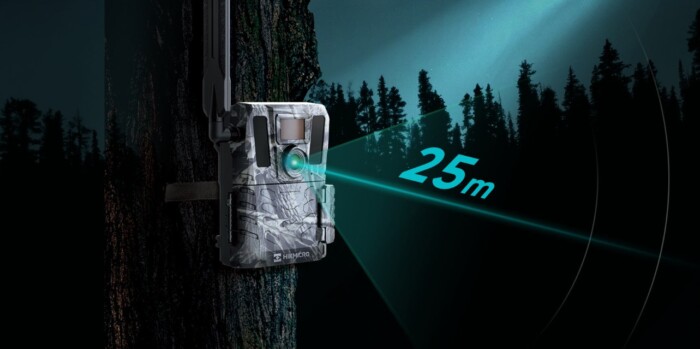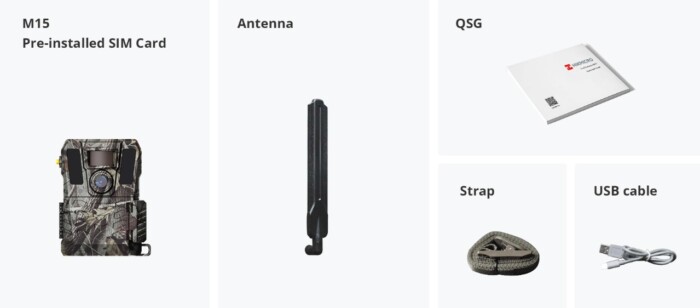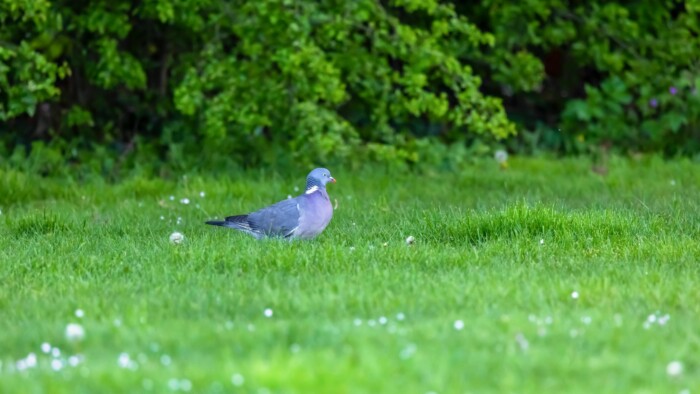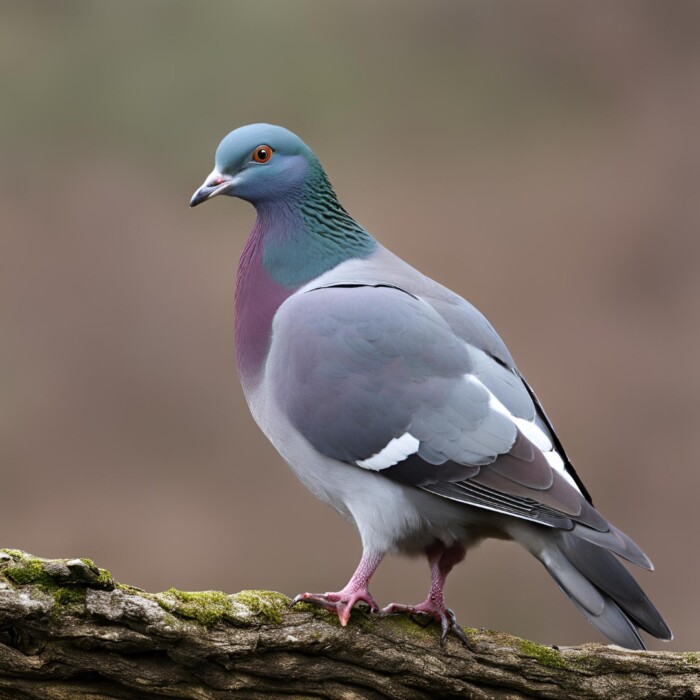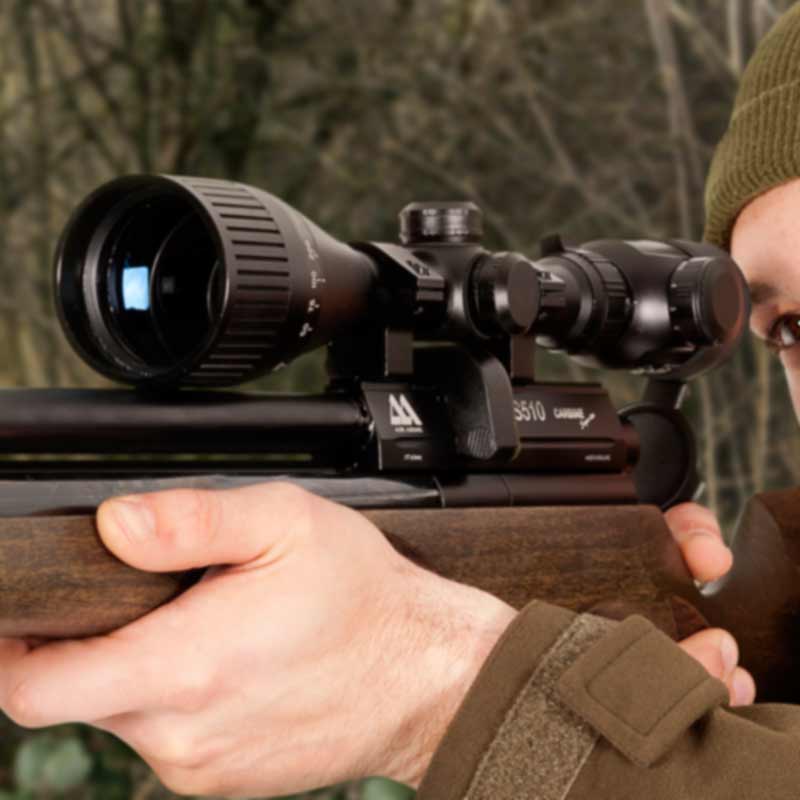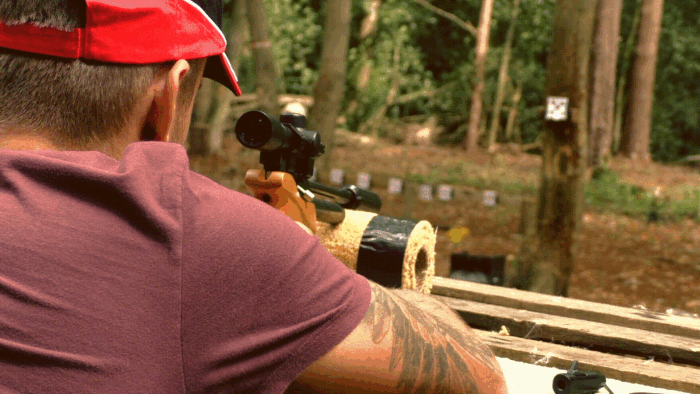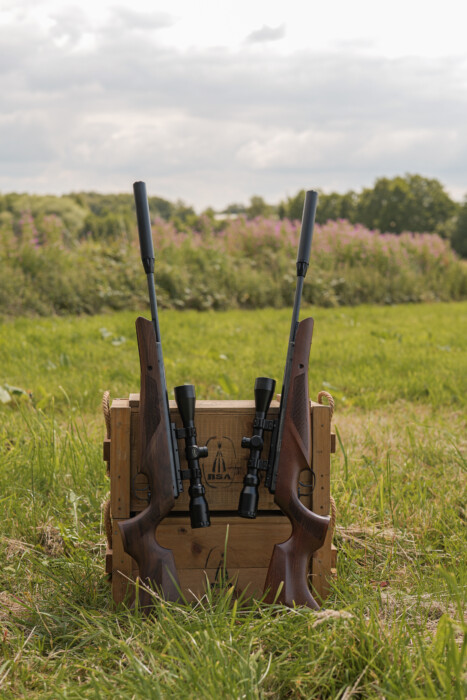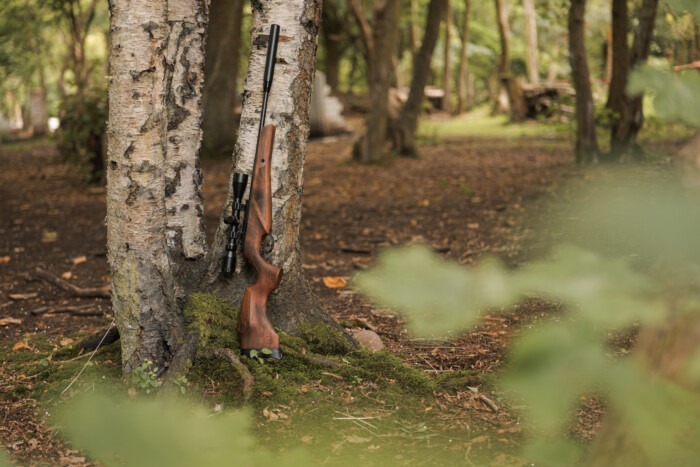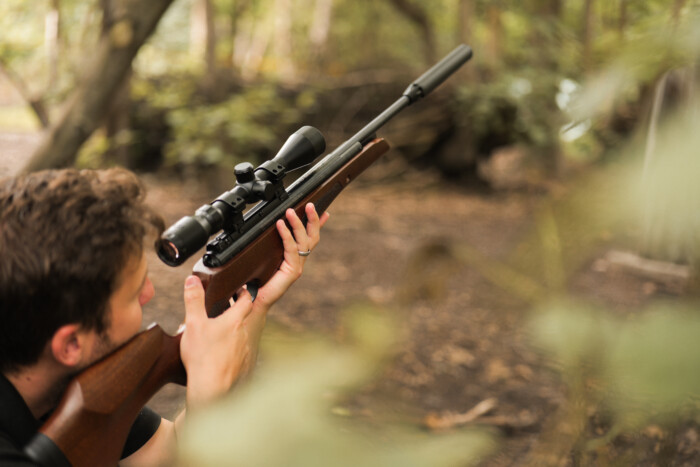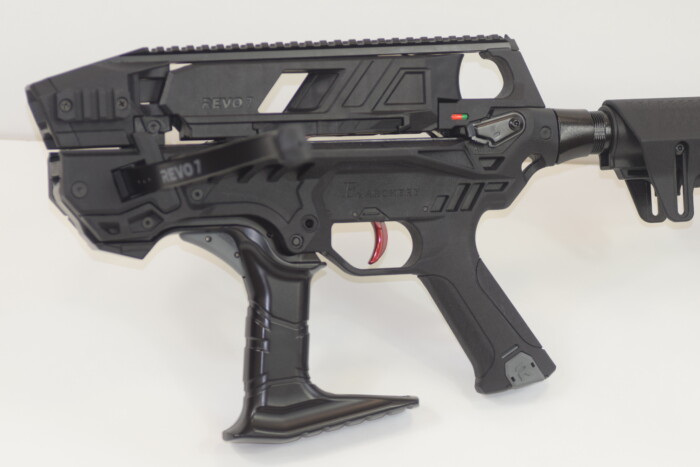If you’re new to the world of PCP (pre-charged pneumatic) air rifles, one of your first practical tasks will be figuring out how to keep your rifle filled with air. After all, no air means no shooting.
There are a few ways to charge your airgun, each with its pros, cons, and quirks. In this guide, we’ll walk you through the basics of filling your PCP air rifle using a stirrup pump, a charging cylinder (also known as a bottle or tank), and touch briefly on airgun compressors. Don’t worry—we’ll keep it simple, beginner-friendly, and practical.
Option 1: The Stirrup Pump (a.k.a. The Budget Workout)
A stirrup pump is essentially a heavy-duty, high-pressure version of a bicycle pump—built to handle the much higher air pressures required by PCP air rifles. Unlike a regular tire pump, which might top out at around 100 PSI (7 bar), a stirrup pump for airguns is designed to safely compress air up to 200–300 bar (that’s 2900 to 4350 PSI)
It’s a tall, upright pump that you operate by hand, using a vertical push-and-pull motion—just like a classic floor bike pump. But because of the extreme pressures involved, it’s built with reinforced seals, a sturdy chamber, and often includes moisture filters to help remove water vapor from the air. Many models also include a built-in pressure gauge so you can see exactly how much air you’re pushing into your rifle.
In short, the stirrup pump is a manual but reliable way to charge your air rifle without the need for electricity, dive shops, or compressors. It’s the simplest entry point into PCP shooting—though it does take a bit of muscle.
How It Works:
- Connect the pump to your airgun with a fill line.
- Pump up and down (a lot).
- Watch the pressure gauge until you reach your rifle’s recommended fill pressure (typically around 200-250 bar).
- Open the bleed valve gently – This releases any residual pressure in the hose before disconnection.
- Disconnect the hose and fill probe carefully
Pros:
- Budget-friendly: No need for expensive equipment.
- Portable and self-sufficient: No need to visit a dive shop or rely on electricity.
Cons:
- It’s a workout: Filling from empty can take a lot of effort, especially as pressure builds.
- Not great for regular use or larger air cylinders.
- Moisture risk: Cheaper pumps may lack built-in filters, which can allow water vapor into your rifle.
Best For:
Beginners on a budget, or those with a light-use airgun and a good set of lungs.
Option 2: Charging Cylinders (Air Bottles)
A charging cylinder is a portable tank filled with compressed air—like the kind divers use. It connects to your PCP rifle and quickly fills it up.
Available in sizes like 3L, 7L, and 12L, larger cylinders provide more refills before needing to be topped up at a dive shop. Some smaller ones are compact enough to take on a shooting trip.

How It Works:
- Attach your rifle’s fill probe first (to avoid strain), then connect the cylinder’s air fill line using the quick coupler.
- Lay the cylinder on its side during filling to prevent damage.
- Close the bleed valve gently.
- Open the main valve slowly—watch the pressure rise.
- Stop once you hit your rifle’s fill pressure, then open the bleed valve to release residual pressure before disconnecting.
Pros:
- Fast and effortless: Fill your rifle in seconds.
- Convenient for regular shooters.
- Available in various sizes (from compact 3L to hefty 12L tanks).
- Can get many fills out of one cylinder.
Cons:
- Needs refilling at a dive shop when pressure gets too low.
- Initial cost is higher than a pump.
- Steel cylinders are heavy and require testing every 5 years; carbon-fibre ones are lighter but more expensive and may need testing more often.
Pro Tips:
- Go high pressure: A cylinder that fills up to 300 bar will give you more fills per trip.
- Get the right hose: Red-shrouded fill lines are more durable than the black ones.
- Longer hoses give you more flexibility when filling—just avoid kinks or tight bends.
Best For:
Shooters who use their rifle often, or don’t fancy a mini cardio session every time they top up.
What About Compressors?
A compressor for PCP air rifles is a specialized machine that compresses and delivers high-pressure air, either directly into your rifle or into a charging cylinder. Unlike a hand pump or a pre-filled bottle, a compressor gives you total independence—you can refill your airgun or cylinder right at home, without trips to the dive shop.
There are two main types: portable compressors that fill your rifle directly, and larger, more powerful units that can also fill air bottles. These. Some models require water or oil cooling, while others are simpler plug-and-play systems.
Why It’s Cool:
- Complete independence—no dive shop runs.
- Ideal for high-volume shooters or clubs.
Why It’s Not For Everyone:
- Expensive up front.
- Can be loud and require maintenance.
- Not always beginner-friendly—check specs and user reviews carefully.
If you’re curious, we’ve got a whole guide on choosing the right airgun compressor (coming soon!).
Safety First
Whether you’re using a pump or a bottle, always fill slowly. Rushing air into your rifle can damage seals or valves—even if your equipment has a built-in restrictor. Don’t overfill beyond your rifle’s rated pressure; more air doesn’t mean more shots and could do more harm than good.
Also:
- Lay your charging cylinder down when filling.
- Keep the fill line as straight as possible.
- Always open and close valves gently.
- Clean and protect the DIN valve with a dust plug (or at least masking tape) during transport.
And don’t forget—cylinders need regular testing to stay certified for use. A dive shop will refuse to fill anything past its inspection date.
Which Should You Choose?
| Method | Cost | Effort | Portability | Convenience | Ideal For |
|---|---|---|---|---|---|
| Stirrup Pump | Low | High | High | Low | Beginners on a budget |
| Air Bottle | Medium | Low | Medium | High | Regular shooters |
| Compressor | High | Low | Low | Very High | Clubs, tinkerers, pros |
Final Thoughts
Filling your PCP air rifle doesn’t have to be complicated. If you’re just starting out, a stirrup pump can be a fine entry point—just know what you’re getting into. For most shooters, a charging cylinder strikes a great balance between ease and practicality. And if you’re going all-in, a compressor might be worth the investment.
Whatever you choose, remember: fill slowly, stay safe, and happy shooting!

